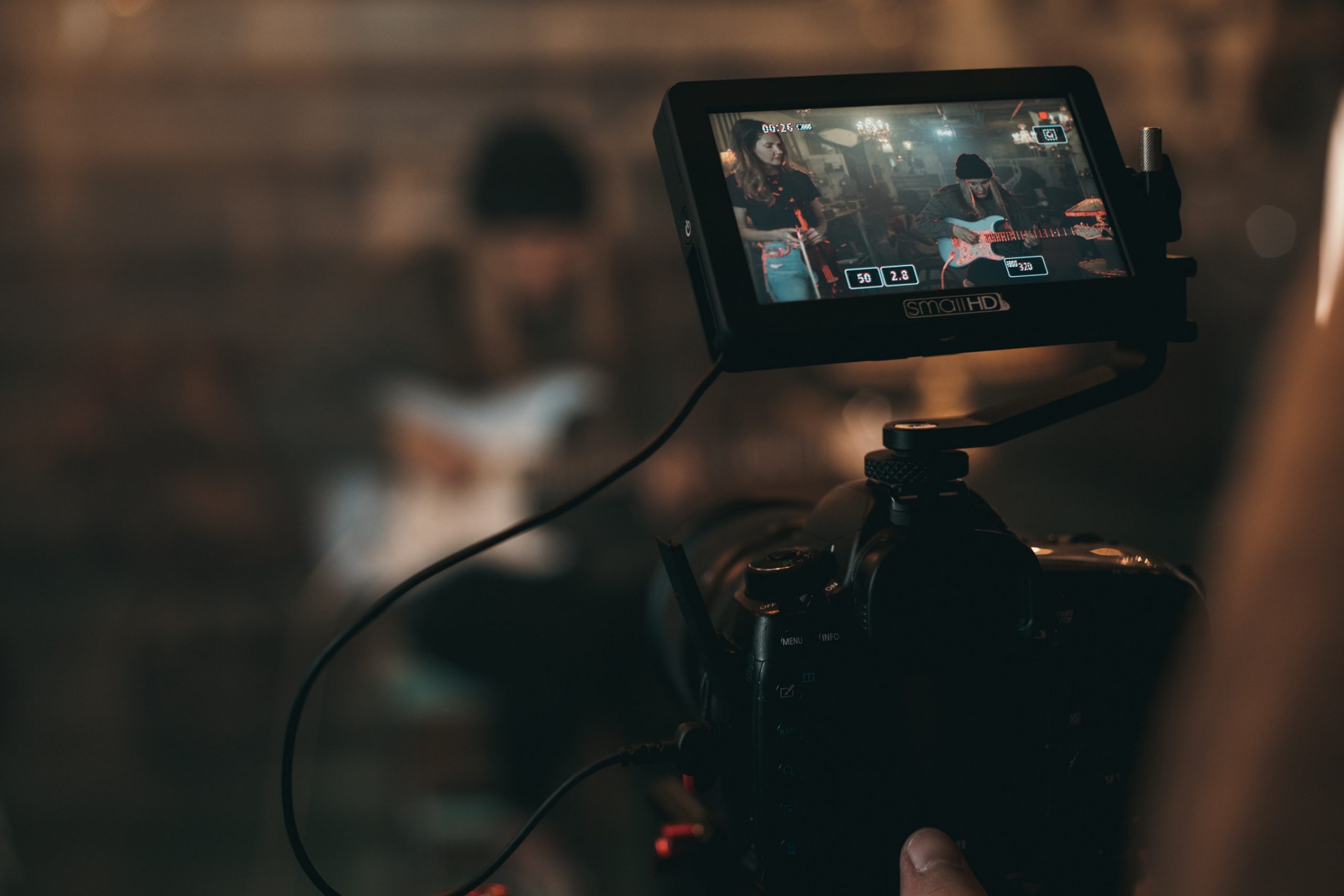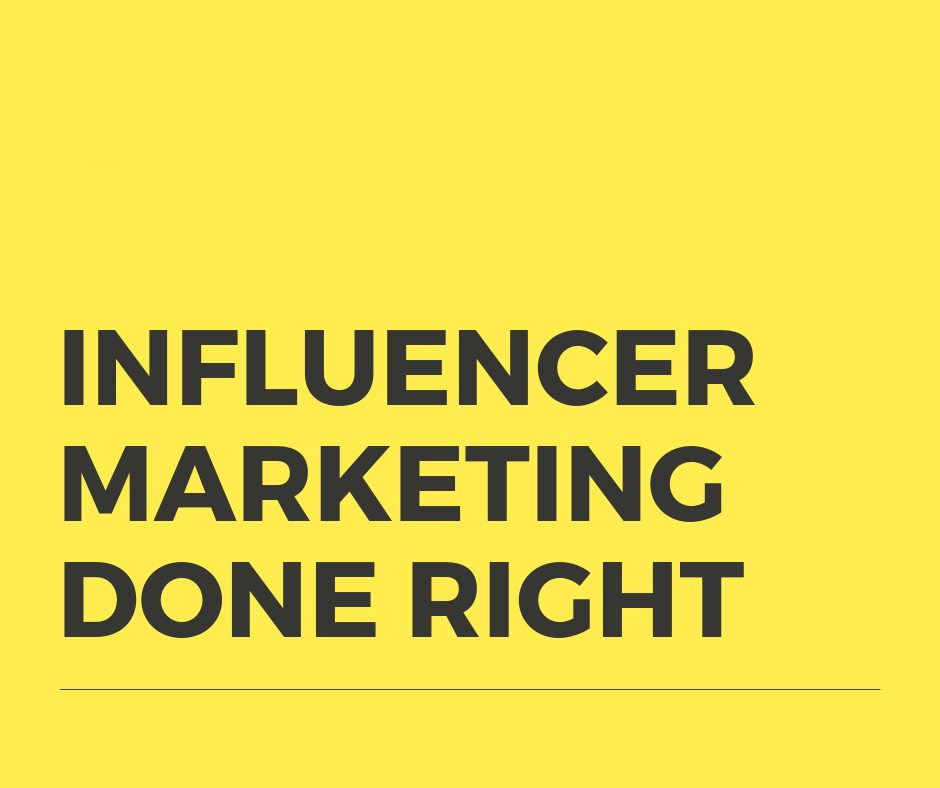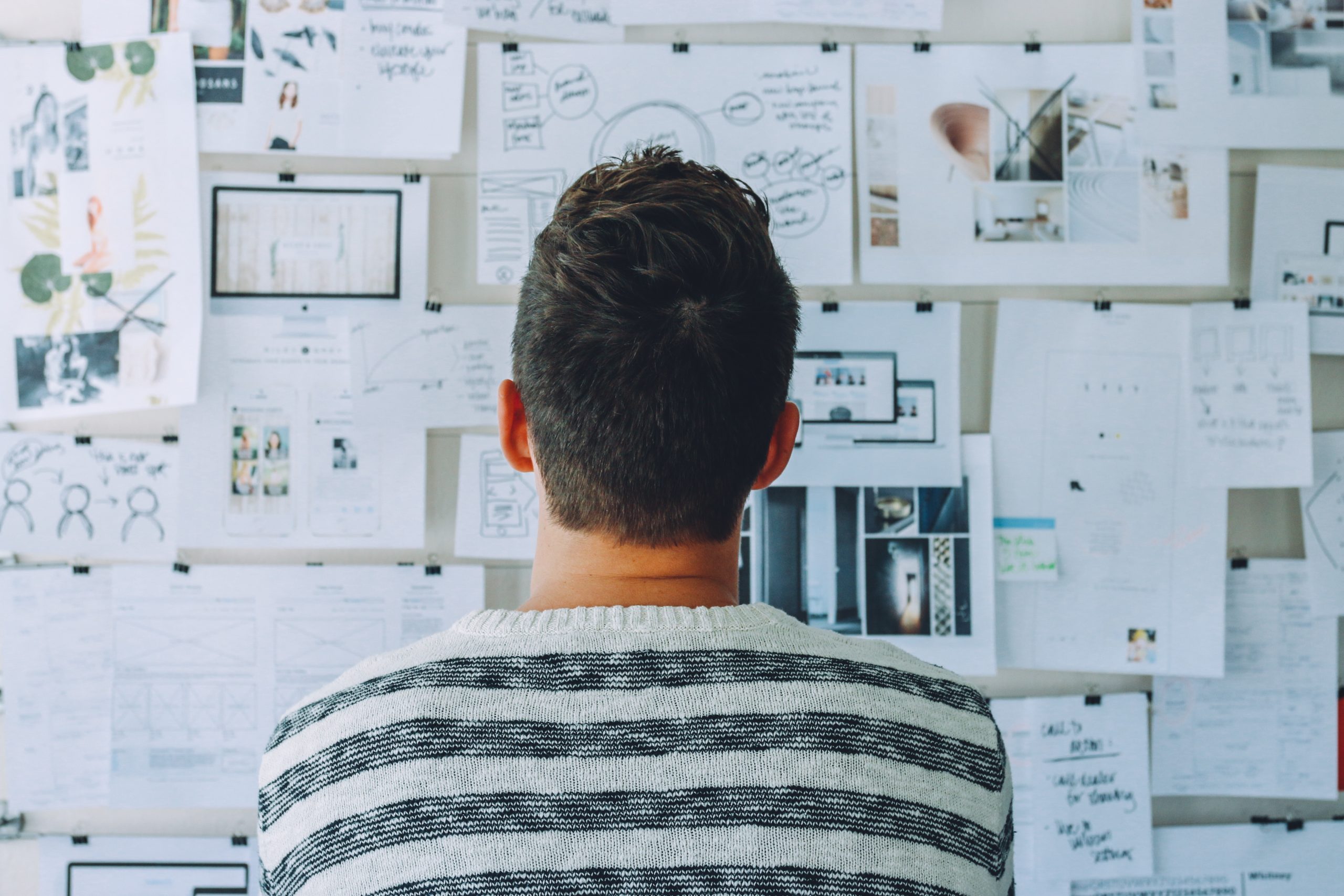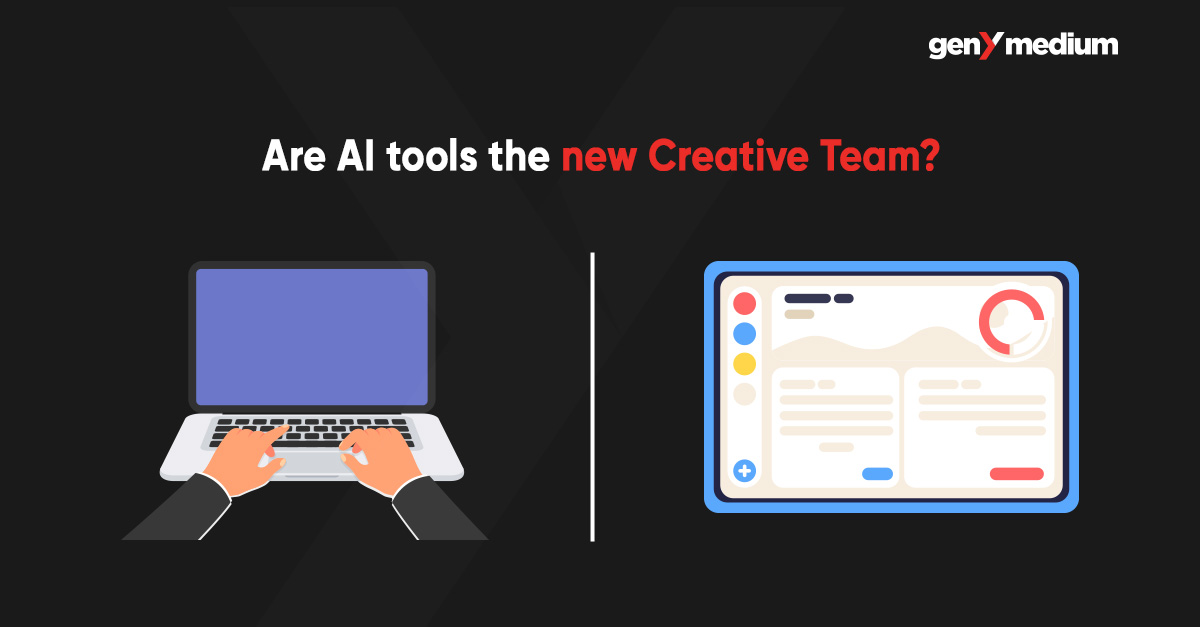
‘Creative Block’, not the only threat to creative professionals? Welcome AI Tools!
With the arrival of AI driven-art & copy tools, the creative industry seems a little uneasy, or maybe that’s what the world likes to think. Let’s deep-dive to understand what do these much-talked about AI tools do, and what possible disruption are they causing:
Replicating creative communication can be challenging, both when manifested in words and as a design piece; with the introduction of AI tools one can generate multiple versions of a master copy/ graphic design- based on specific needs, commands, target groups and the desired actions. These tools are well equipped to create unique, as well as similar versions of a creative, based on the command fed to them. Thus, they’re essentially gearing a creative auto-fill scenario, while the steering wheel still remains with a creative person.
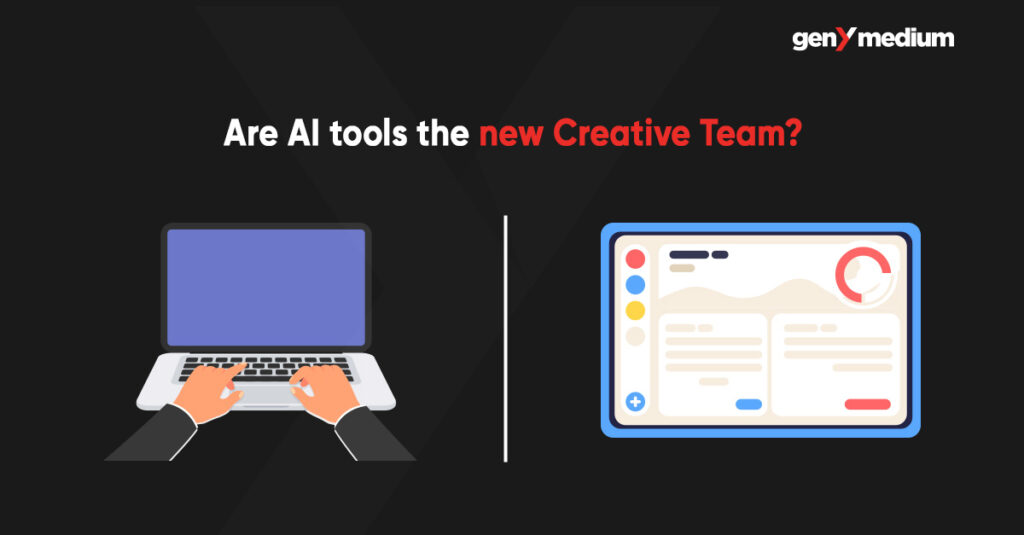
Why are creative professionals not going anywhere?
Advertising communication is largely based on eliciting an emotion from its audience. As much as we’ve loved the innovation, and ever evolution of the term- “Intelligence”, that phenomenon still lacks the much needed EQ edge humans have. Humans understand emotional nuances, they pick behavioral insights, they chatter, they move around, they explore, they transition, grow, learn and evolve with humanly experiences- which is why- they are more likely to identify and emote with accuracy. The sentiment of a human bond can’t really be replaced with any form of technology.
How do AI tools and Creative professionals co-exist?
Honestly, there’s nothing that explains this better than Kelly Clarkson’s song: “ What doesn’t kill you makes you stronger”. Which means, AI tools are here to help creative professionals with their problem of a creative block, of not finding an apt word or a sentence construct or of getting stuck with replica templates- these tools are here to enhance the current productivity of creative professionals, and not take over their chairs. With proficiency in delivering creative communication in bulk, these tools will contribute to the overall growth of the creative industry and save it from slumping into a sea of sameness.
Key Perspective
It’s amazing to see how quick the world of intelligence is evolving and solving so many human problems. But, in context to what we deliver in the world of advertising, these tools will become a medium for the artists to sharpen their end-masterpiece more, both in terms of newness and with volume delivery. And it will be so much fun to see creative teams giving briefs, setting deadlines, drawing boundaries, and not receiving for once!
Blog by :
Marina Kidwai
Creative Director at GenY Medium



